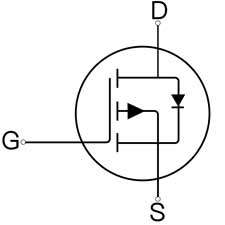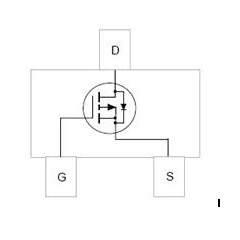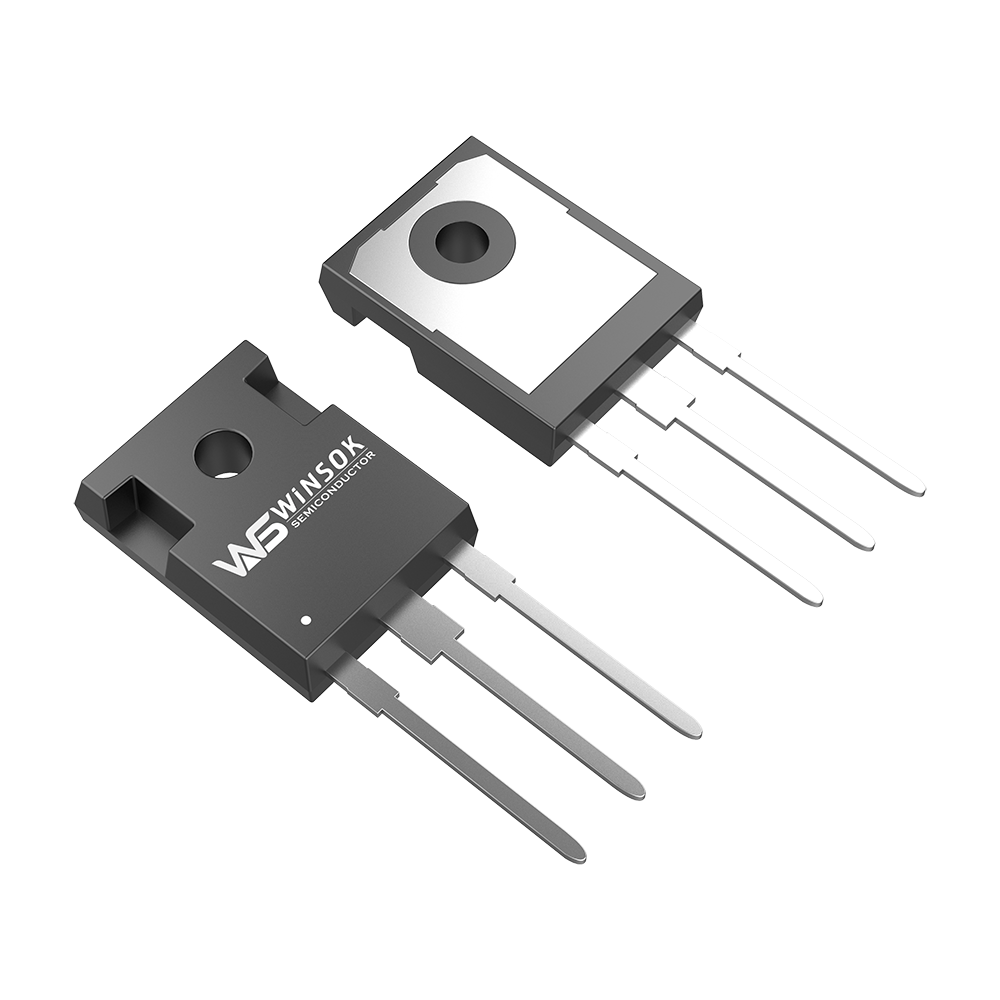The evolution of MOSFET (Metal-Oxide-Semiconductor Field-Effect Transistor) is a process full of innovations and breakthroughs, and its development can be summarised in the following key stages:
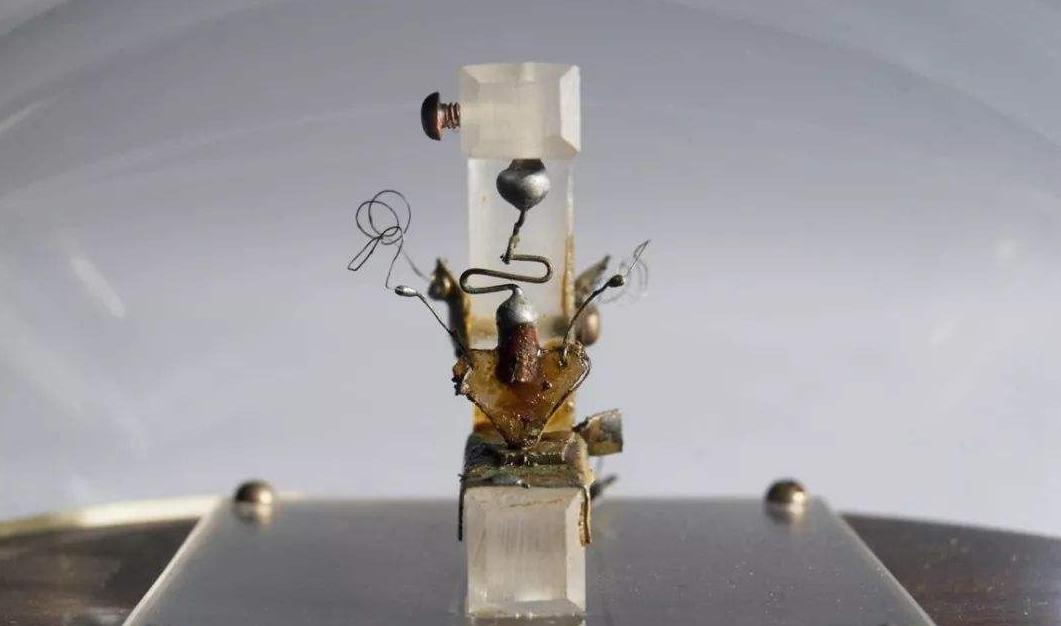
I. Early concepts and explorations
Concept proposed:The invention of the MOSFET can be traced back as far as the 1830s, when the concept of the field effect transistor was introduced by the German Lilienfeld. However, attempts during this period did not succeed in realising a practical MOSFET.
A preliminary study:Subsequently, the Bell Labs of the Shaw Teki (Shockley) and others have also tried to study the invention of field effect tubes, but the same failed to succeed. However, their research laid the foundation for the later development of MOSFET.
II. The birth and initial development of MOSFETs
Key Breakthrough:In 1960, Kahng and Atalla accidentally invented the MOS field effect transistor (MOS transistor for short) in the process of improving the performance of bipolar transistors with silicon dioxide (SiO2). This invention marked the formal entry of MOSFETs into the integrated circuit manufacturing industry.
Performance Enhancement:With the development of semiconductor process technology, the performance of MOSFETs continues to improve. For example, the operating voltage of high-voltage power MOS can reach 1000V, the resistance value of low on-resistance MOS is only 1 ohm, and the operating frequency ranges from DC to several megahertz.
III. Wide application of MOSFETs and technological innovation
Widely used:MOSFETs are widely used in various electronic devices, such as microprocessors, memories, logic circuits, etc., because of their excellent performance. In modern electronic devices, MOSFETs are one of the indispensable components.
Technological innovation:In order to meet the requirements of higher operating frequencies and higher power levels, IR developed the first power MOSFET. subsequently, many new types of power devices have been introduced, such as IGBTs, GTOs, IPMs, etc., and have been more and more widely used in related fields.
Material innovation:With the advancement of technology, new materials are being explored for the fabrication of MOSFETs; for example, silicon carbide (SiC) materials are beginning to receive attention and research due to their superior physical properties.SiC materials have higher thermal conductivity and forbidden bandwidth compared to conventional Si materials, which determines their excellent properties such as high current density, high breakdown field strength, and high operating temperature.
Fourth, MOSFET's cutting-edge technology and development direction
Dual Gate Transistors: Various techniques are being tried to make dual gate transistors to further improve the performance of MOSFETs. Dual gate MOS transistors have better shrinkability compared to single gate, but their shrinkability is still limited.
Short trench effect:An important development direction for MOSFETs is to solve the problem of the short-channel effect. The short-channel effect will limit the further improvement of the device performance, so it is necessary to overcome this problem by reducing the junction depth of the source and drain regions, and replacing the source and drain PN junctions with metal-semiconductor contacts.
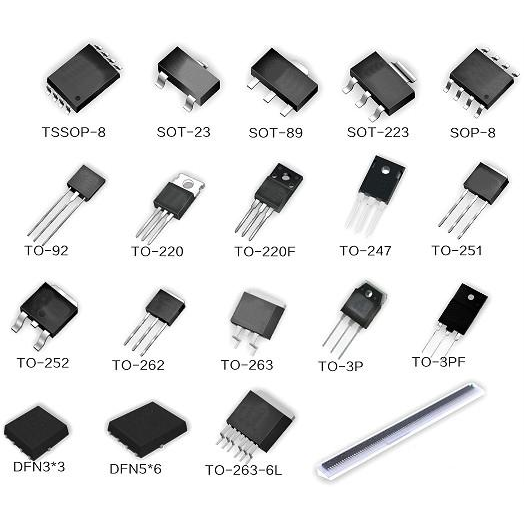
In summary, the evolution of MOSFETs is a process from concept to practical application, from performance enhancement to technological innovation, and from material exploration to the development of cutting-edge technology. With the continuous development of science and technology, MOSFETs will continue to play an important role in the electronics industry in the future.









